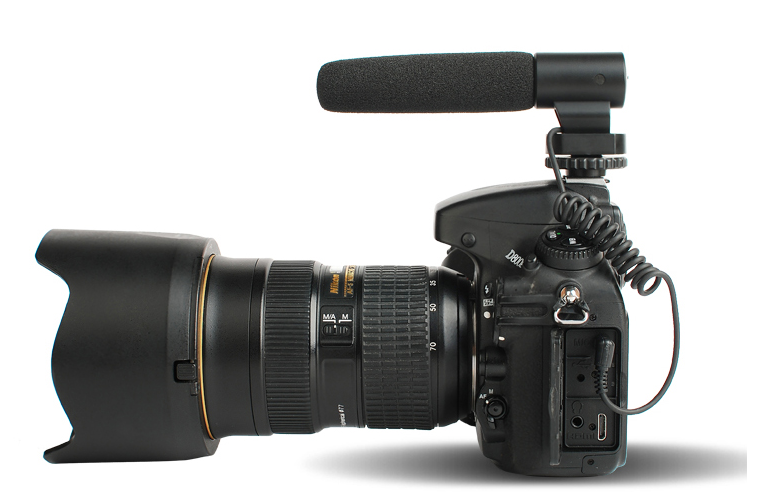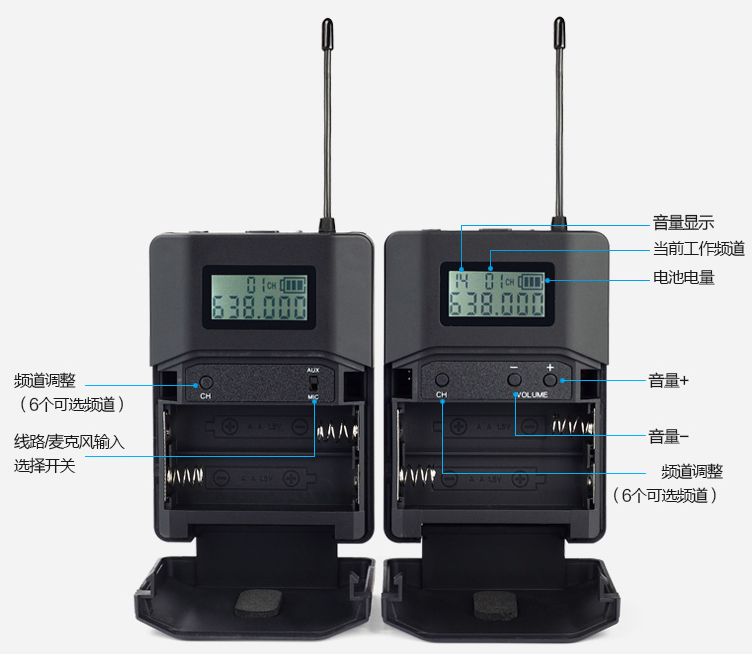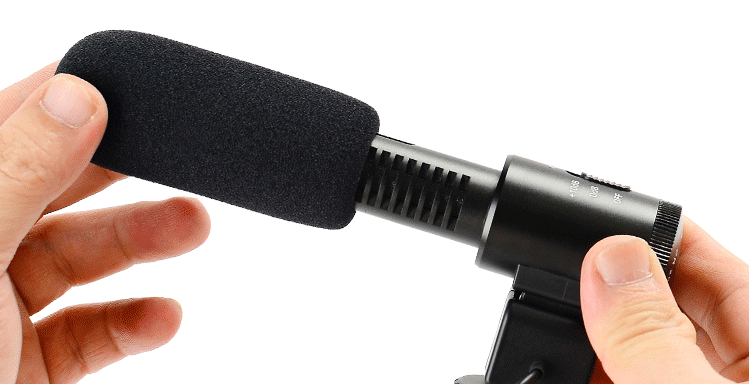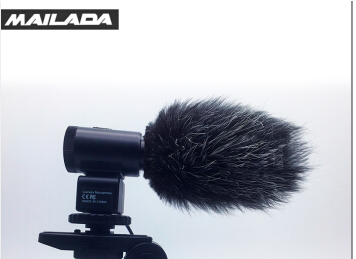How to choose a microphone?
For video producers who don't know much about sound, they not only need to record the sound at the same time but also consider the sound processing in the later stage.
This is really a headache. Even for those who have a little knowledge of recording, choosing a microphone can be a headache. How do you choose the right microphone for your shooting project?
You need to be clear about the following points.
1. What do I want to record with the microphone? Dialogue, ambient sounds, or other sounds?
This should and must be the first question you need to think about. Different productions and scenes require different microphones, and microphones can be classified into different types based on differences in division standards.
Let’s briefly talk about the functions. They can be roughly divided into three categories: gun mics, lavalier mics, and camera head mics.
Gun mic
This type of microphone is named for the way it records sound and is the most commonly used type of microphone in film and television production. When the gun mic is pointed at a specific recording object, it can not only pick up the sound of the target sound source, but also capture the surrounding environmental sounds.
When shooting video, you can try to use it to capture the dialogue or sound details of the characters in the scene. In addition, they are often used to capture foley and room tone. Rode NTG3, Rode NTG4, Sennheiser MKH416, these film and television grade gun microphones are all very good choices.
NTG3 is a top-notch product with excellent cost performance, but these microphones need to be equipped with a professional recorder or mixer before they can be connected to the camera. or mobile phones, the overall cost will be higher, so it needs to be considered in advance.

Although gun mics are great at recording and restoring scene sounds, they often include noise other than dialogue, which is undoubtedly a headache for you who only need clean dialogue. With this in mind, a good solution is to mix it with a lavalier mic.
Lavalier mic
Lavalier microphones are specially used to capture character dialogues. They are divided into two types: wired lavalier microphones and wireless lavalier microphones.
Because of the special nature of shooting, most of them are wireless. Wired lavalier microphones are mainly suitable for speeches, stage performances, television, radio and other occasions that do not require the movement of photographers and machines, while wireless lavalier microphones can be suitable for large-scale mobile meetings, simultaneous recording, film and television production, public communication, Outdoor lectures, lectures and other occasions. Lavalier microphones are small in size and light in weight and can be easily hidden under a shirt collar or jacket.

2. How much is my budget? What level of equipment can you afford?
This is the most unavoidable issue for us. It can be said that it is directly linked to the quality of your equipment. Whether you're working on a big-budget project or a small-budget indie project, there's no doubt that you'll want the highest quality sound to match the picture. However, how to maximize the effect of limited funds is very distressing, especially when purchasing equipment at your own expense.

For video, sound and picture are equally important, and accordingly, the equipment purchase budget for these two aspects cannot be favored. Under normal circumstances, the budget for purchasing audio equipment should account for more than 1/6 of the total budget for video equipment. Although the proportion is relatively high, the final sound effect will not disappoint you. According to the specific amount of your budget, you can choose recording equipment in a targeted manner, choose the style of microphone, professional or non-professional, high, medium or low-end which is the most cost-effective. These are all issues that you need to face and weigh directly. .
3. What type of microphone do I need?
Now that we know what we want to record and filtered according to our budget, we can basically determine a rough purchase range. The next thing to consider is the type of pickup of the microphone, which is directly related to the success or failure of your recording. The pickup type of a microphone is also called directivity. It is a description of the sensitivity pattern of the microphone to sounds coming from all directions in space. If you make a mistake on the issue of directivity, it is very likely that the sound you collect will be completely unusable, or the effect will be extremely poor.
Based on various classification standards, the directivity of microphones can be divided into six categories: omnidirectional, bidirectional (figure-8-shaped), cardioid, supercardioid, ultra-high cardioid and complete gun-type (single-directional). Each category has different focus and applicable scenarios, so you need to choose the right one.
4. Do I need related microphone accessories?
Sometimes a microphone alone cannot meet the needs of picking up sound, and it is even more difficult to obtain high-quality audio. In some cases, you also need the assistance of related accessories. Depending on the specific scene changes, there are probably the following items: connecting/adapter cables, booms, windproof pig cages, windproof sweaters, rain covers, shock mounts, tape recorders, mixers, headphones, etc.

If you use a gun mic to pick up sound in a large scene during video shooting, you may need to use a boom. Of course, shock absorbers are also indispensable. If the site is affected by wind, rain and other weather factors, windproof pig cages, windproof sweaters, and rain covers should also be considered. You may need to use a lavalier mic to pick up sound in some scenarios, so the accessories used to fix it cannot be ignored.